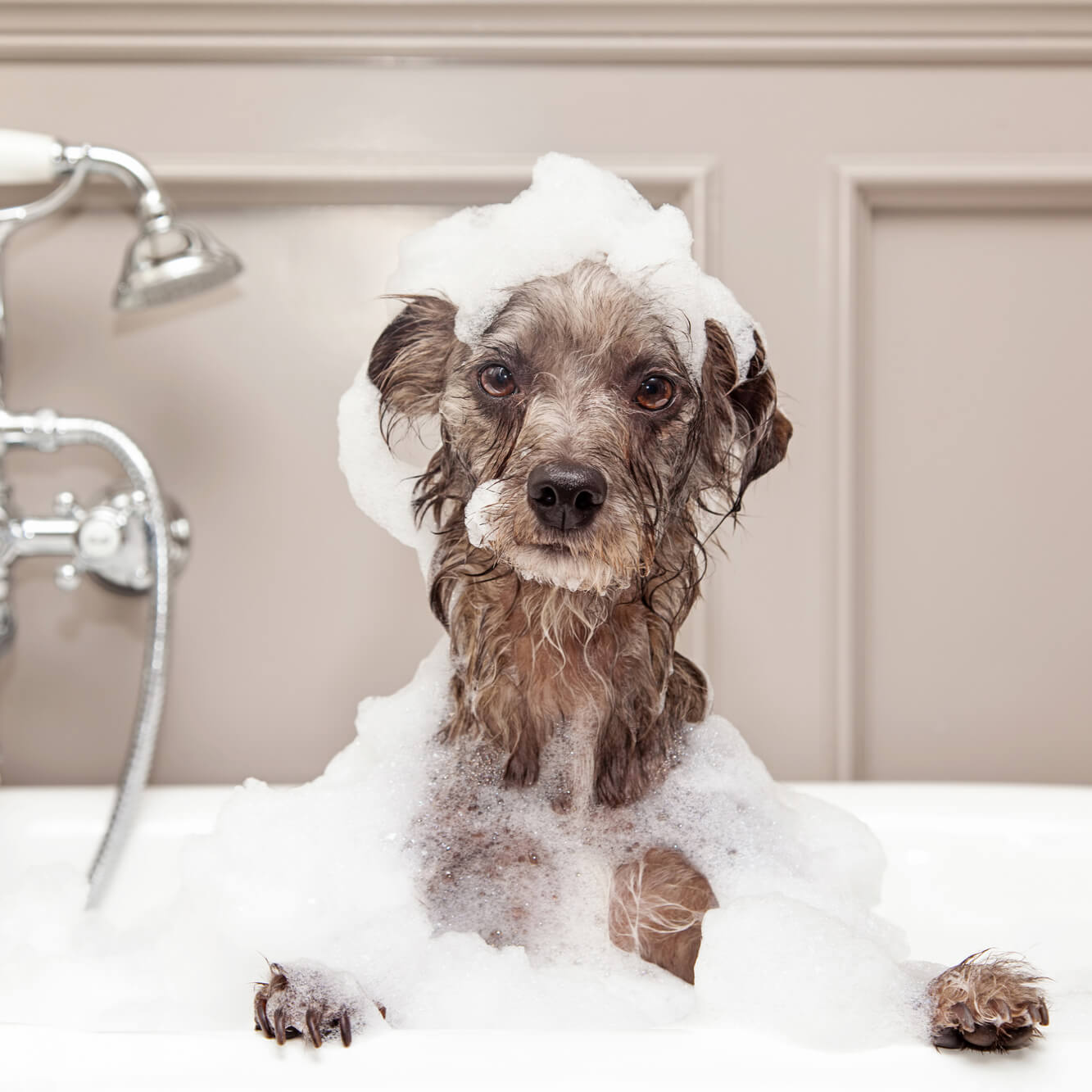
The anal glands of the dog are located on both sides of the anus and produce an oily fluid that is naturally expelled during bowel movements. However, sometimes these glands can become blocked or inflamed, causing discomfort for the dog. In such cases, it may be necessary to manually empty the glands. Here, you will learn how to clean a dog's anal glands and what preventive measures you can take to avoid problems.

The anal sacs, often referred to as anal glands, are two tiny glands located on both sides of a dog's anus, around the four and eight o'clock positions. They are essential for the dog's communication system.
These glands secrete an oily and foul-smelling substance that dogs use to mark their territory and interact with other dogs. When a dog defecates, it releases a small drop of this secretion, which contains details about the age, gender, and mood of the dog. This way, dogs can learn a lot about each other by sniffing another dog's feces.
It is important to note that, although some dog owners choose to clean their dog's anal glands themselves, it is always best to have this done by a veterinarian or trained pet groomer, especially if unsure or if the dog shows signs of pain. Regular check-ups with the veterinarian can also help detect and treat problems early.
It is crucial to recognize that a blocked anal gland can cause discomfort to your dog. However, with proper care and attention, this can be efficiently treated. If you have concerns, do not hesitate to seek advice from a veterinarian. We all wish our animals to be healthy and happy. A tip: The Bellfor Anal Gland Ointment can be very useful in this situation. Furthermore, Bellfor offers "Gastro Activia", a product containing probiotics that contributes to your dog's intestinal health. Always be attentive and take good care of your furry friend.

